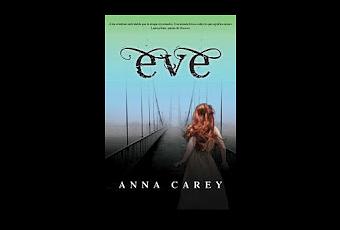


Its unknowing owners-the inhabitants of a woolen mill in Wales-had bought it at an auction for the equivalent of $119 in the 1960s, and for about 20 years it remained in their home, even witnessing the birth of their son in 1965.Brought to you by OBS staff member Annabell Cadiz Two decades later during World War II, the first floor was made into a separate flat for the speaker, and it was believed that the bed had been dismantled and moved into storage, later sold and forgotten as Victorian-era decor fell out of fashion. George IV was the last monarch to sleep on this bed in the House of Parliament in 1821. The bed’s history is as interesting as the room it inhabits. Daniel Leal // Getty Imagesīut the room’s true crowning jewel is the state bed, a fantastical 10-foot-high furnishing that is enveloped in a rich crimson canopy (embroidered by the Royal College of Needlework), bordered by a gilded walnut frame, and adorned in royal symbols including the rose for England, the thistle for Scotland, and the clover for Ireland.

The tudor rose is embroidered in the bed’s crimson canopy. A portrait of the speaker from 1976 to 1983, George Thomas, also hangs in the room. He’s referring to a cheval full-length mirror that would get moved to the Royal Robing Room for use by Queen Elizabeth when she got ready for the state opening of Parliament before being returned, according to London resident Laura Porter, who also took the tour. “It is a grand room with a fireplace at each end surmounted by a mirror,” writes Stephen Liddell, who saw the room last year. While photography is not allowed, a few images of the royal room that overlooks Westminster Bridge have been made public, revealing its red flock wallpaper and stenciled ceiling. As King Charles III’s coronation fast approaches on May 6, the rarely seen room was made available to the public, for only the second time, during a brief recess period for guided tours. There’s a hidden room located in the Parliament’s speaker’s quarters, which the monarch traditionally sleeps in on the night before their coronation in Westminster Abbey. One of these has recently been revealed to a select few. Dating back to 1245 when King Henry III selected it as his burial site, the abbey has spaces that the royals occupy but that remain unknown to the masses. All historic buildings have their secrets, and Westminster Abbey is no exception.


 0 kommentar(er)
0 kommentar(er)
